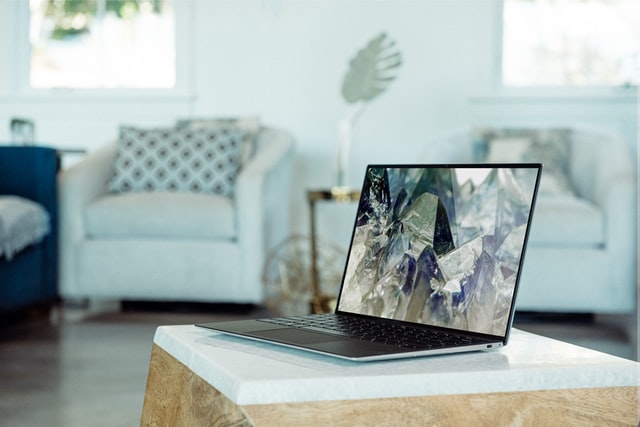What Is My Screen Resolution: Understanding Your Display Settings
In today's digital age, we spend more time than ever on our electronic devices, from smartphones to laptops and desktop computers. While we may take the displays on these devices for granted, it's important to understand the basics of display settings, including screen resolution.
Screen resolution refers to the number of pixels (tiny dots of color) that make up the display on your electronic device. The more pixels there are, the clearer and more detailed the image on the screen will be. In this article, we'll dive into the details of screen resolution and how to find out what your screen resolution is.
What does screen resolution mean?
Screen resolution is measured in pixels, which are the tiny dots of color that make up the images on your screen. The more pixels there are, the clearer and more detailed the image will be. Screen resolution is typically expressed as the number of pixels across the width of the screen and the number of pixels down the height of the screen. For example, a screen resolution of 1920 x 1080 means that there are 1,920 pixels across the width of the screen and 1,080 pixels down the height of the screen.
Different devices have different screen resolutions, depending on their size and intended use. For example, a smartphone will have a smaller screen and therefore a lower resolution than a desktop computer monitor.
Why is screen resolution important?
Screen resolution is important because it affects the quality of the images and text on your screen. A higher resolution means that the images and text will be clearer and more detailed, while a lower resolution can make the images and text appear blurry or pixelated.
Screen resolution also affects how much content you can fit on your screen. A higher resolution allows you to fit more content on the screen, while a lower resolution may require you to scroll more to view all the content.
How to find out your screen resolution
Finding out your screen resolution is easy, and there are several ways to do so.
On a Windows computer:
- Right-click on your desktop and select "Display settings."
- Under "Resolution," you will see your screen resolution listed.
On a Mac:
- Click on the Apple menu and select "System Preferences."
- Click on "Displays."
- Your screen resolution will be listed under "Scaled."
On a mobile device:
- Go to your device's settings.
- Click on "Display."
- Your screen resolution will be listed under "Screen resolution" or "Display resolution.
Using Our What Is My Screen Resolution Tool:
- Just one Click on "What Is My Screen Resolution"
Why does my screen resolution matter?
Your screen resolution matters because it affects the quality of the images and text on your screen. A higher resolution means that the images and text will be clearer and more detailed, while a lower resolution can make them appear blurry or pixelated.
Your screen resolution also affects how much content you can fit on your screen. A higher resolution allows you to fit more content on the screen, while a lower resolution may require you to scroll more to view all the content.
In addition, some applications or websites may have minimum screen resolution requirements. If your screen resolution is lower than the minimum requirement, you may not be able to use the application or view the website properly.
Conclusion
Screen resolution is an important aspect of display settings that affects the quality of the images and text on your screen. Knowing your screen resolution can help you optimize your device's display settings and ensure that you can view all the content you need to. By following the steps outlined above, you can easily find out your screen resolution and make any necessary adjustments to improve your device's display quality.








